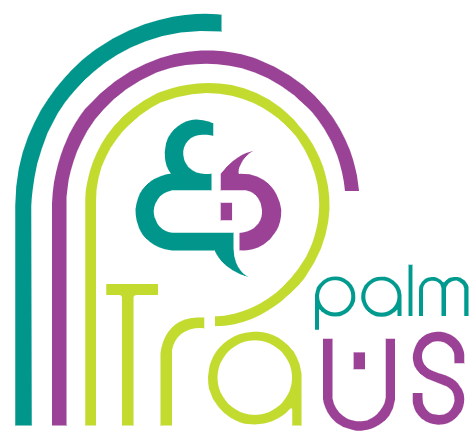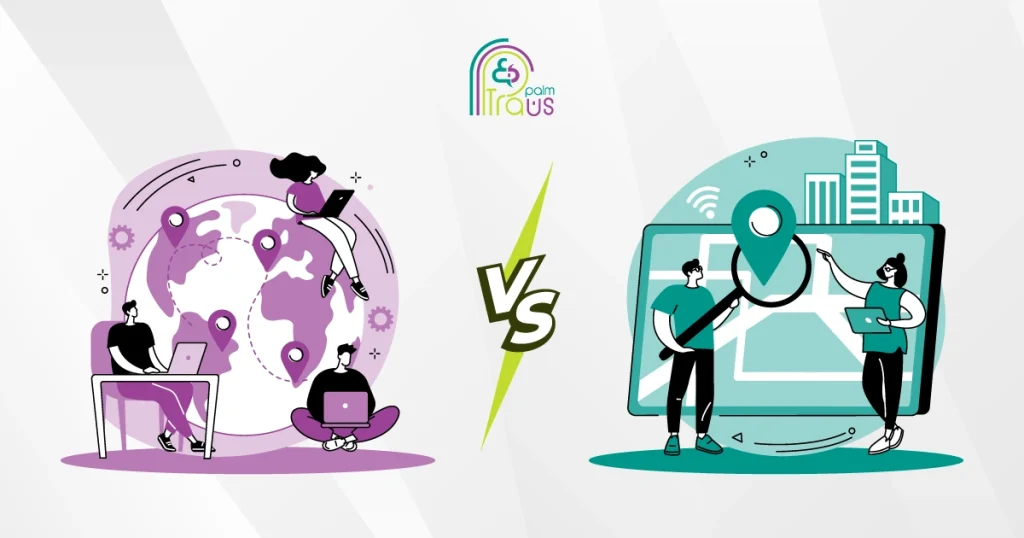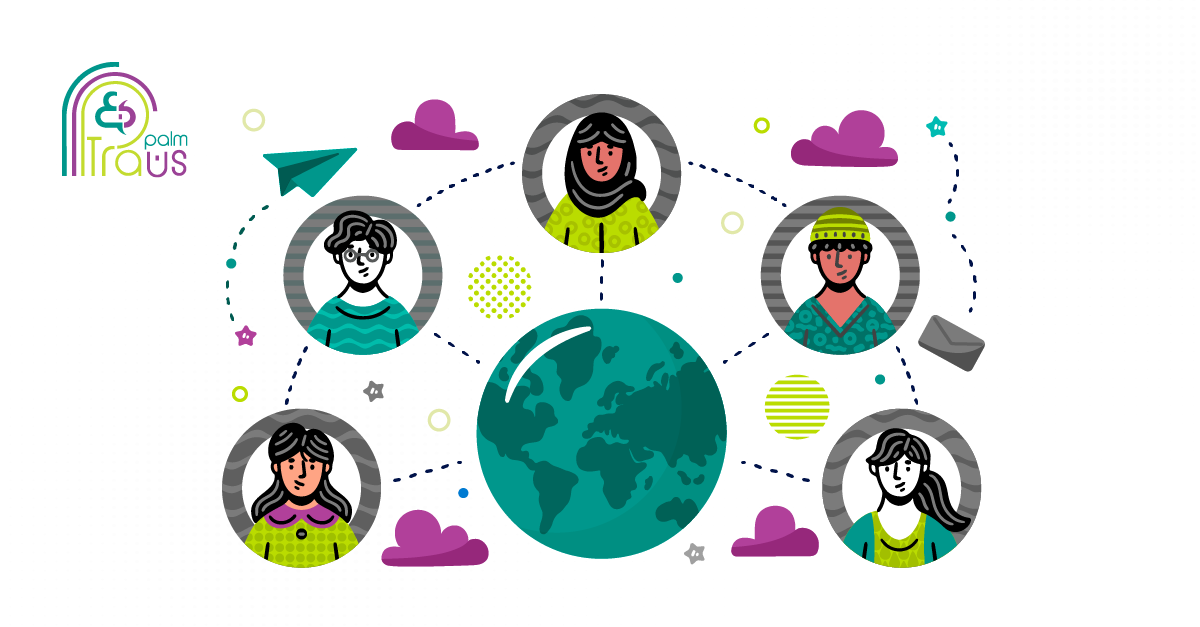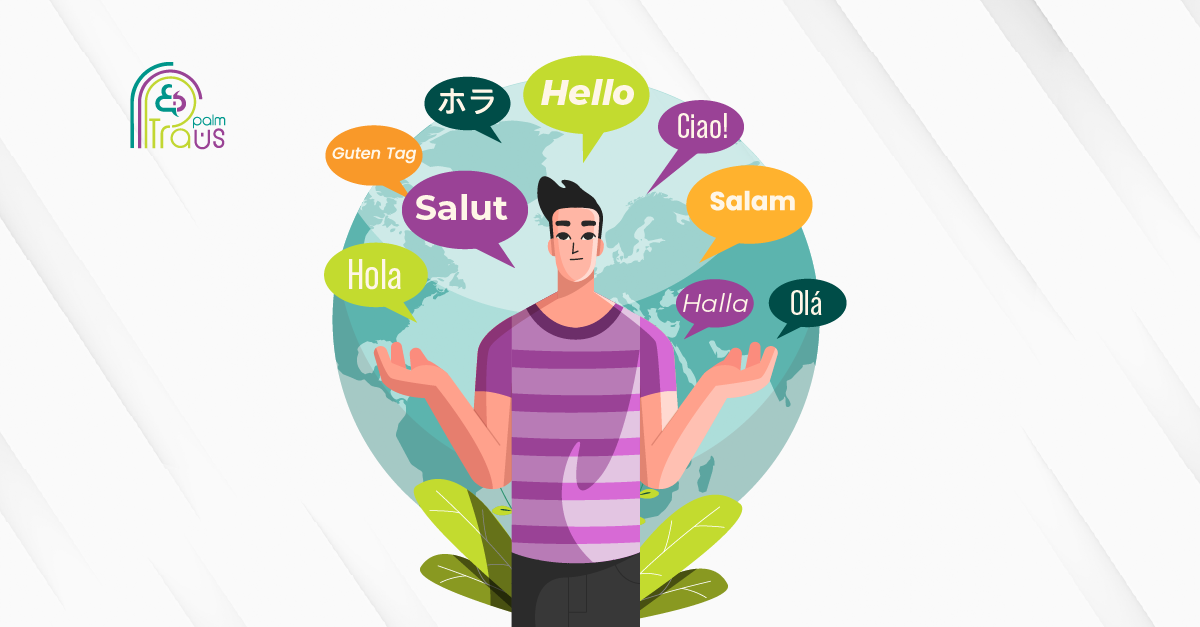Think internationalization vs translation are just two words for the same thing? If so, you are not alone.
Even professionals in the field often mix up the terms, treating them as synonyms, which can potentially stall global growth.
While they are closely related and work side by side, each serves a specific purpose in preparing and adapting products or services for the global market.
In this blog, we will clear up the confusion and explain internationalization vs localization so you can understand both terms and know how to apply them in a smart way.
Enjoy reading!
What Is Internationalization (i18n)?
Internationalization is the process of designing and developing products, services, or software to support multiple languages and to easily adapt to regional norms, settings, and preferences, without requiring major changes to the source code or user interface (UI).
Some people find the term challenging to spell, so they often use the abbreviation “i18n” for internationalization, where 18 represents the number of letters between the “i” and “n”.
Internationalization usually occurs in the early stages of project development, done by software developers and engineers.
In other words, it is about preparing your content for global markets and future languages before localization happens.
Key Technical Aspects of i18n
- Use the universal character encoding Unicode (UTF-8), which supports almost all characters from world languages, such as Arabic, Chinese, and Russian. Avoid hard-coding text in the source code.
Example of Hard-Coded Text:
Alert banner welcoming users to our website with a friendly message. - Store translatable text in separate or external resource files, rather than directly in the codebase, to make translating text and switching between languages easier.
Example:- Create a separate file for your text, as shown below:

Welcome message: “Welcome to our website” displayed prominently on a colorful background. - In the codebase, call the text using the following:

White background with green text displaying “alert gettext message.” - Now for another language (e.g., Arabic):

Welcome message displayed in Arabic script, inviting viewers to engage with the content.
- Create a separate file for your text, as shown below:
- Formats for time, date, numbers, units, currency, and other locale-specific components differ by region. Utilize tools that automatically adjust these elements to suit your target audience.
- Make sure the UI accommodates text expansion and supports both RTL and LTR elements.
When Should You Start Thinking About Internationalization?
1. New Product Development
If you are creating new products or services from the ground up and targeting people from different countries, it is the perfect time for internationalization to be part of your big-picture business plan from day one.
2. Long-Term Globalization Strategy
When your business roadmap includes global aspirations and long-term international growth, internationalization is the smart move early on.
3. Software and App Development
Structure your architecture flexibly to support multiple languages and build software that works well in any country.
Use UTF-8 encoding to handle all languages, separate localizable text from the code for easier translation, and design your interface to accommodate longer or reversed text. Supporting different date formats and right-to-left (RTL) languages from the start ensures smoother localization and a faster global rollout.
What Is Localization (l10n)?
Localization is the process of adapting existing products or services to a specific target market, including text translation and cultural adaptation.
“l10n” is a common abbreviation for localization. It is more than just translating text; it involves adapting the entire user experience to local cultural norms and preferences.
Key Considerations of l10n
- Work with native translators who understand culture, tone, and local expression that give the same feeling or message.
- Modify icons, images, colors, humor, symbols, or gestures to match what’s familiar and acceptable in another culture.
- Test the final version with native speakers to spot awkward phrases or cultural mismatches.
Scenarios That Call for Localization
1. Existing Products Entering New Markets
You already have products or services, and you want to sell them in a specific region, so you tailor them to fit local needs.
2. Limited Budget and Scope
If you are planning a small, targeted expansion, localization helps you to focus on a few languages or a single country instead of going global all at once.
3. Content Localization
When you are working on content-focused projects like websites, marketing materials, or documents that need to feel natural to your target audience.
Internationalization vs Localization: Making the Right Choice
| Factor | Localization | Internationalization |
| Business Goals & Target Markets | Helps you adapt to a specific market quickly and gain a competitive edge in one region | Supports multi-market expansion and businesses with global growth plans |
| Product or Service Type | Good for content-rich materials like websites, ads, marketing campaigns, brochures, and ecommerce listings that need cultural relevance | Suits scalable digital products like SaaS platforms, apps, or websites with global user bases |
| Budget & Timeline | Fast and cost-effective for one specific country or language | High initial investment and more time to set up your products or services in a way that works for multiple languages and regions |
| Technical Resources | Used to mainly adapt content to suit different languages or cultures with minimal need for developer support | Requires software developer input to structure the source code, user interface, and logic with global readiness in mind |
| Short- vs. Long-Term Strategy | Ideal for short-term results in a specific region, especially if you want to test a new market or launch a minimum viable product to assess its viability there | Smart foundation for long-term global expansion without rebuilding everything every time you enter a new market |
The Power of Combining Internationalization and Localization for Scalable Success
Now that you understand the difference between internationalization and localization, the next question that probably pops into your mind is which approach to take.
The truth is, it is rarely an either-or decision. Most experts combine both strategies to achieve successful global expansion.
They start with internationalization in the development process to create a scalable framework that supports multiple languages and makes it easier to expand into new markets.
Then, they follow with localization to adapt products or services to the specific preferences of each market.
A Successful Example of ASOS: A Holistic Approach to Internationalization and Localization
ASOS, a British fashion and cosmetics retailer, built its platform with scalability in mind from the beginning. Therefore, their software development team designed the website and backend systems in a way that could easily work in different countries.
They made sure the platform could:
- Support content in multiple languages.
- Display prices in 19 different currencies.
- Handle different character sets (like Arabic, Chinese, or Spanish).
- Accept more than 10 regional payment methods.
By doing all this, they didn’t need to rebuild the platform from scratch every time they entered a new market, making it ready for localization and global scaling.
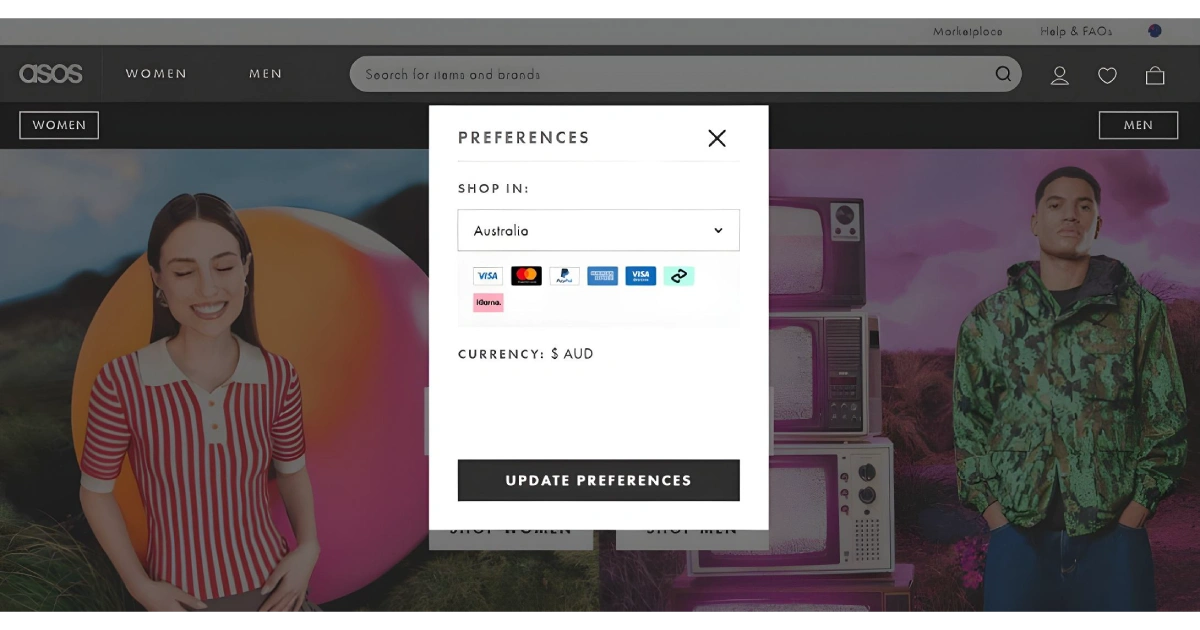
A Phased Approach to Global Expansion: From Localization to Internationalization
Many companies follow a phased approach instead of going global all at once. They start by selecting one high-potential market, based on existing users, demand, and competition, and localize their products or services accordingly. As they prepare to scale to more regions, they gradually integrate internationalization into the product’s codebase.
Although internationalization is ideally the first step in global expansion, some businesses, especially startups or small teams, go straight to localization to test promising markets, save time, and reduce costs, then handle the technical aspects later.
The Role of Translation Management System (TMS)
A. Centralize Resources in One Place
No more spreadsheets and emails. TMS puts all translation files, glossaries, and style guides in a platform so that everyone works together in the same space.
B. Automates the Process
A TMS automatically retrieves new content to be translated by connecting to your code or website. It can send it back immediately after translation is complete, eliminating the need for manual copying and pasting.
C. Keeps Quality and Consistency
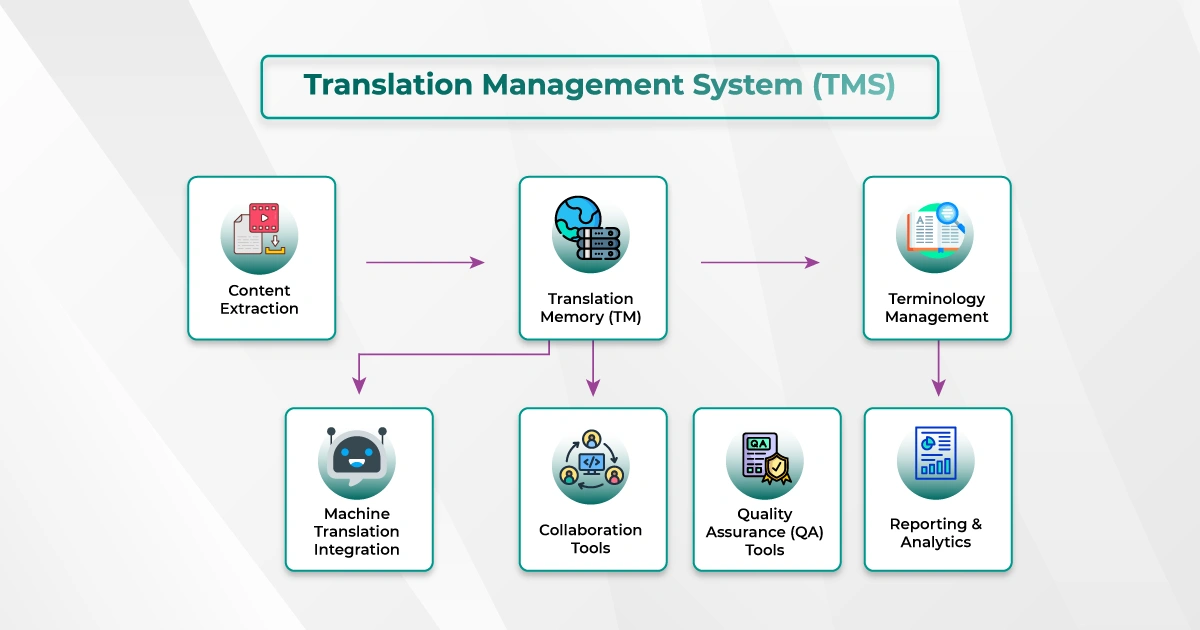
TMS has a translation memory that remembers previous translations. If a word was already translated before, the TMS will suggest it again to keep everything consistent and reduce the work.
Your Trustworthy Translation Services Provider Transforming The Way The World Communicates
As you plan your next market entry or product launch, focus on your global goals. Align your strategy, tools, and resources to create a product that resonates with users everywhere.
Understanding the difference between internationalization vs localization is essential for building a smarter global strategy. At TransPalm, we combine both approaches to deliver scalable, culturally relevant solutions that drive global success by providing professional translation services.
Ready to go global? Let our team help you with laying the groundwork.
